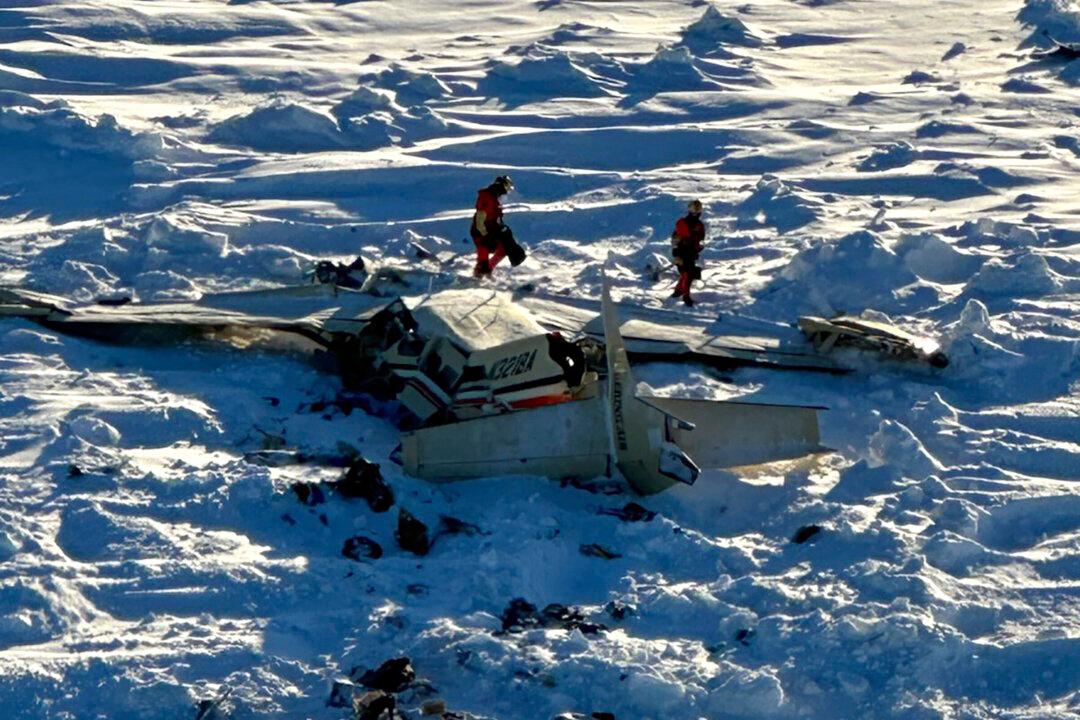
Radar forensic data from the U.S. Civil Air Patrol indicated that at approximately 3:18 p.m. Thursday, the plane experienced a sudden and rapid loss of altitude and speed, Coast Guard Lt. Cmdr. Benjamin McIntyre-Coble reported. “What that event is, I can’t speculate to,” he said.
McIntyre-Coble said that no distress signals had been received from the aircraft. Planes are equipped with an emergency locator transmitter that, if exposed to seawater, transmits a distress signal via satellite to the Coast Guard. However, no such signal was detected.
All 10 people on board were adults, and the flight was a routine commuter service, according to Alaska State Troopers Lt. Ben Endres.
With most Alaskan communities off the main road network, air travel is often the only viable option for long-distance transportation, particularly in winter. The area is known for unpredictable snow squalls and high winds.
This incident is the third major U.S. aviation disaster in just over a week. On Jan. 29, a commercial jetliner and an Army helicopter collided near Washington, D.C., killing 67 people. Two days later, on Jan. 31, a medical transport plane crashed in Philadelphia, killing six on board and one person on the ground.
 موقع وجه أفريقيا موقع وجه أفريقيا هو موقع مهتم بمتابعة التطورات في القارة الأفريقية
موقع وجه أفريقيا موقع وجه أفريقيا هو موقع مهتم بمتابعة التطورات في القارة الأفريقية


